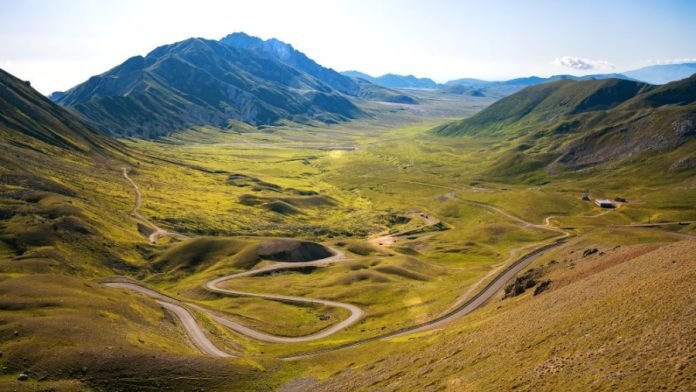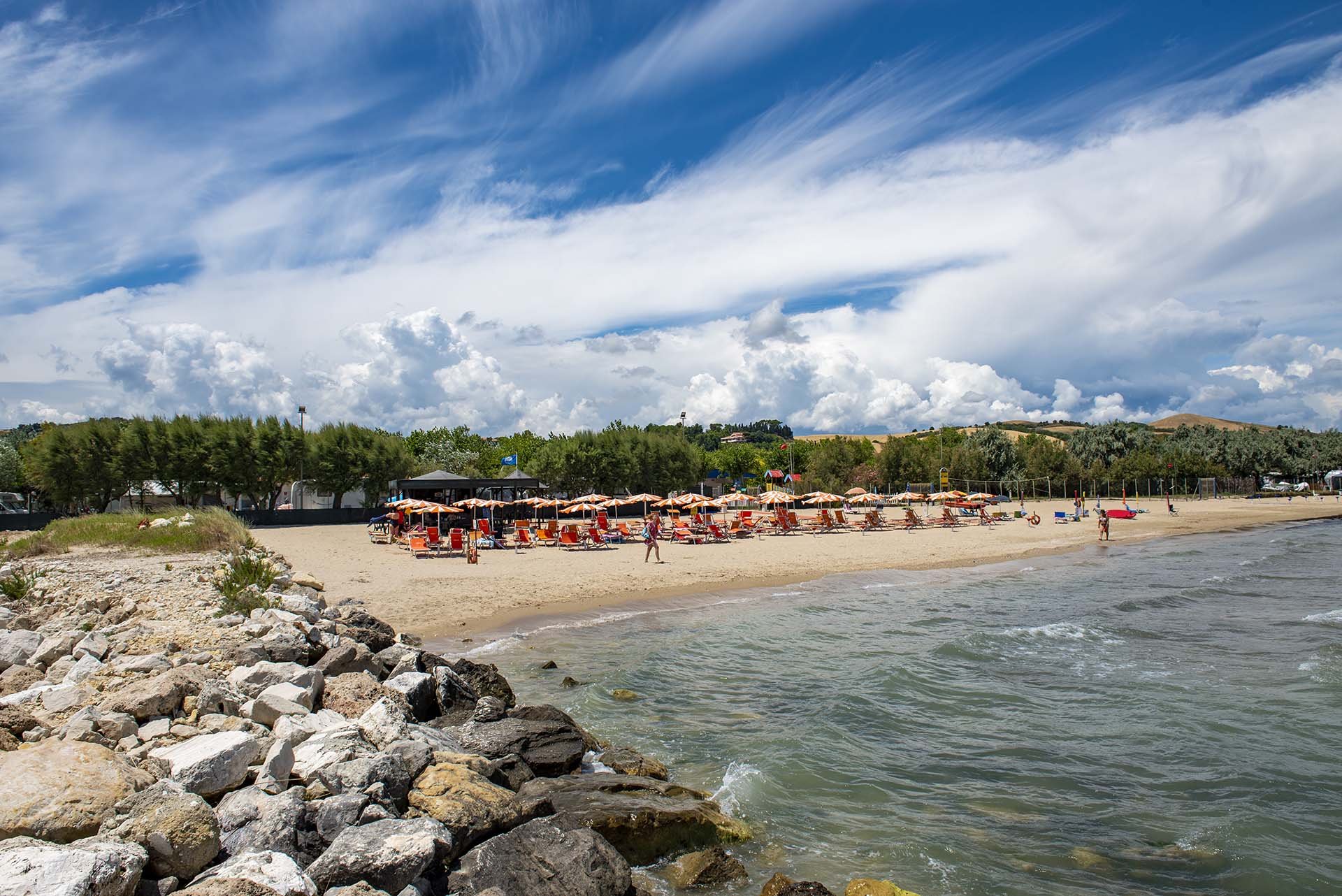A unique landscape to experience and discover: Campo Imperatore the Little Tibet of Italy
'Standing on the plain is like walking on another planet,' writes photographer Lorenzo Costumato, 'and one has the feeling of being a pioneer discovering unexplored territory. From a chromatic point of view, Campo Imperatore is like an impressionist painter's palette. A photographer has nothing left to do but indulge in the nuances of warm colours, emphasised by the sunlight."
The mountaineer Fosco Maraini called 'Little Tibet' this vast plateau bordered by some of the most striking mountains of the Apennines, which stretches for about 75 square kilometres at an altitude ranging from 1460 m in Val Voltigno to 2138 m at the weather station.
The special charm of this place lies in the vastness of the spaces and, since the vegetation is exclusively herbaceous, there are no obstacles to the gaze sweeping freely over the horizon. The endless pastures, where shepherds have always brought their flocks of sheep and herds of cattle and horses in the summer, take on a special beauty at the melting of the snows when the crocus bloom colours the entire plateau. Eagles, hawks, choughs and numerous passerine species fly here during the migration period.
In the southern part there are about ten small circular and shallow lakes whose origins are not completely certain; according to some, they are of meteoritic origin, others attribute them to the work of man.
Campo Imperatore is a splendid place to visit in fine weather, but it is also a renowned ski resort with its 15 km of slopes for alpine skiing, 60 km for Nordic skiing, ski mountaineering opportunities, a snow park for snowboarding, with half pipe and boarder cross slopes and a ring for cross-country skiing.
Campo Imperatore is not only of naturalistic interest, in fact, at an altitude of 2135 m it houses the Alpine Botanical Garden dedicated to the cultivation and study of the flora of high altitude areas. Climbing to an altitude of 2145 metres, we find the Astronomical Observatory equipped with a telescope over a metre in diameter and managed by the Rome section of the National Institute of Astrophysics. Finally, it is famous for having been Mussolini's last prison in 1943.

 IT
IT EN
EN








 DE
DE